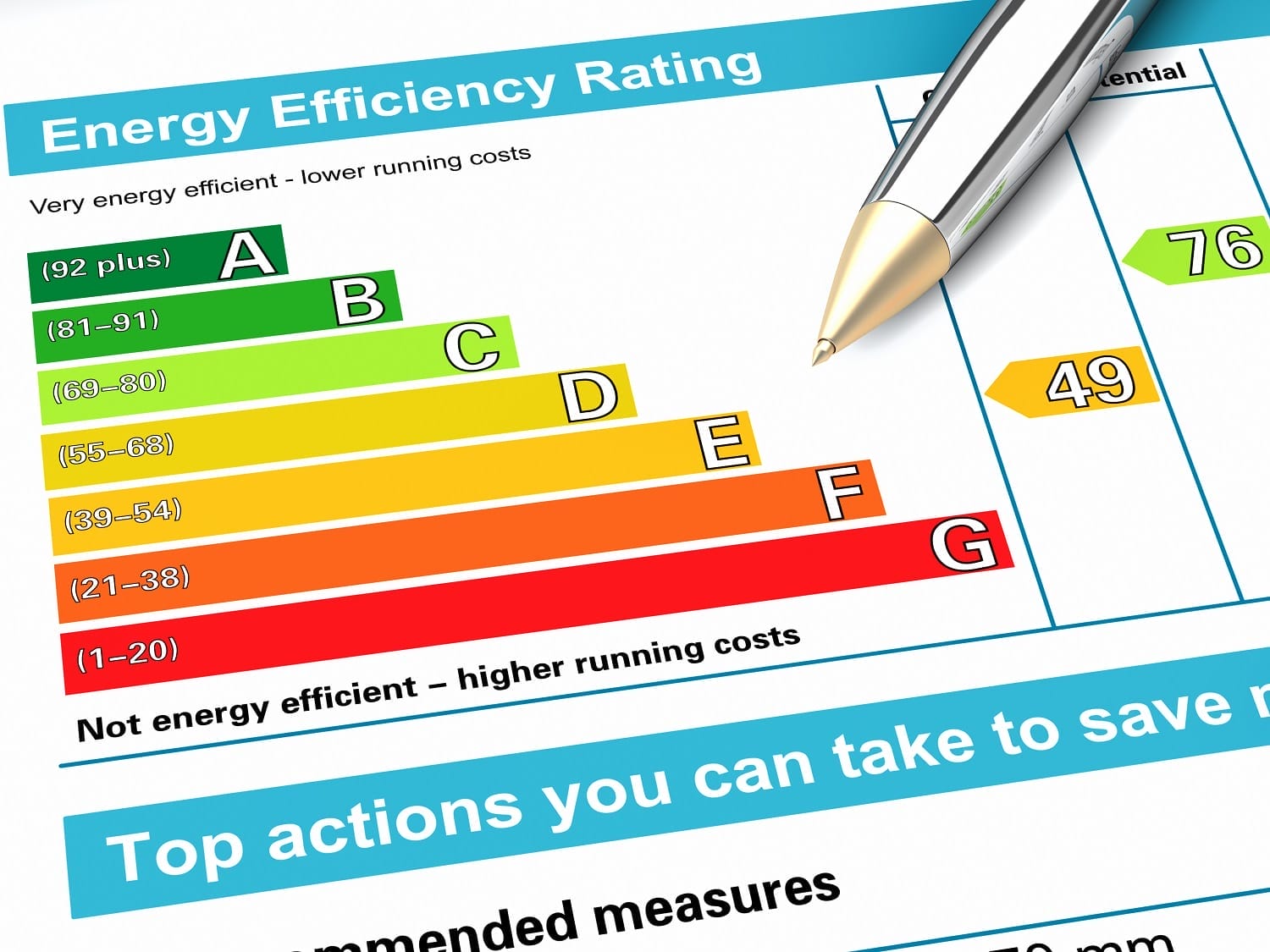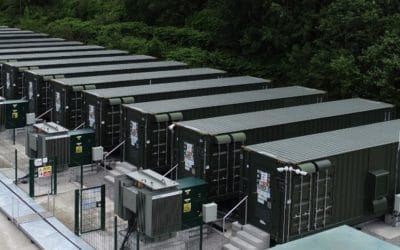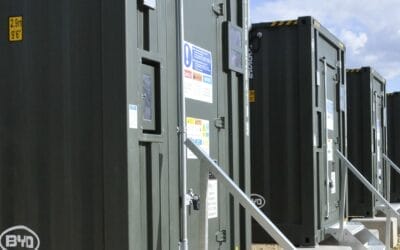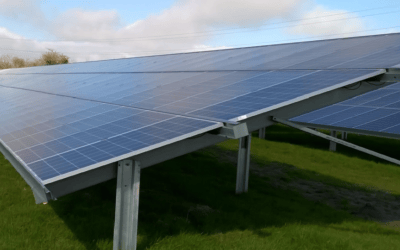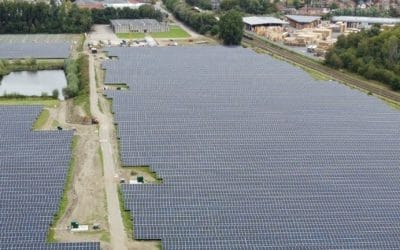The Minimum Energy Efficiency Standard (MEES) was introduced by the government in 2015 and aims to improve the country’s least efficient properties. Around 75,000 commercial properties are estimated to be affected by the standard, with a crucial deadline for compliance fast approaching.
What do commercial landlords need to do?
Any landlord with a commercial property must ensure they comply with the following deadlines:
- From April 2018 – landlords with properties based in England and Wales must ensure they achieve an EPC rating of at least E, before they can legally grant or renew a lease
- By April 2023 – properties with existing leases which aren’t due to expire, must have an EPC rating of E or above, or they won’t legally be allowed to continue with the lease
Who does MEES apply to?
MEES applies to all privately rented properties that are required to have an Energy Performance Certificate (EPC). There are some exceptions and anyone who is in doubt about whether it applies to them or not should refer to the government’s guidance for landlords. The document includes examples and full details, such as what needs to happen in the case of a shared building.
What do landlords need to do?
If an F or G rated property is thought to be exempt, then this must be registered on the PRS Exemptions Register.
For any property that is obligated to act, then the energy efficiency rating needs to be raised to E or above. This should be done through the installation of appropriate and cost-effective measures. For example, by making improvements in the areas of heating, cooling, hot water and lighting, which are often responsible for high energy use and carbon emissions in commercial building. There are however some exemptions in place, to ensure that any proposed upgrades are cost-effective, permissible and feasible.
The 3 main exemptions
- The ‘Golden Rule’ – if the energy efficiency improvements will not pay for themselves through the energy savings they generate within seven years
- Devaluation – if the energy efficiency improvements will potentially reduce the market value of the property by more than 5%
- Third Party Consent: if third parties, such as tenants, a superior landlord or the planning authority, refuse consent for the works to be carried out
What are the penalties for non-compliance?
The consequences of failing to comply with MEES are serious. There is the potential for a financial penalty to be issued. Dependent on the type of infringement and length of non-compliance, this could reach from £5,000 up to £150,000 for a commercial property. If a property is not compliant then it could also be devalued, which is likely to lead to problems with bank security.
Recommended next steps for commercial landlords
Step 1 – Start by looking at your existing EPC/s. Are they all valid? What are the energy efficiency ratings?
Step 2 – Review your leases. What are the details of the tenancies? When are they up for renewal? When might you be granting new leases?
Step 3 – Act quickly on any property without an EPC that needs one, or with a rating of F or G.
Step 4 – Contact an experienced energy consultant, such as Anesco, who will be able to conduct an energy audit before recommending upgrades, along with outlining funding options, projected payback periods and ROI
Step 5 – Have the chosen works completed
You may also be interested in:
Anesco is the UK’s leading energy efficiency company and works with businesses of all sizes and across all industries. For specialist advice and information on complying with MEES, contact the Anesco Commercial & Industrial team for an informal chat on 0845 894 44 44.


